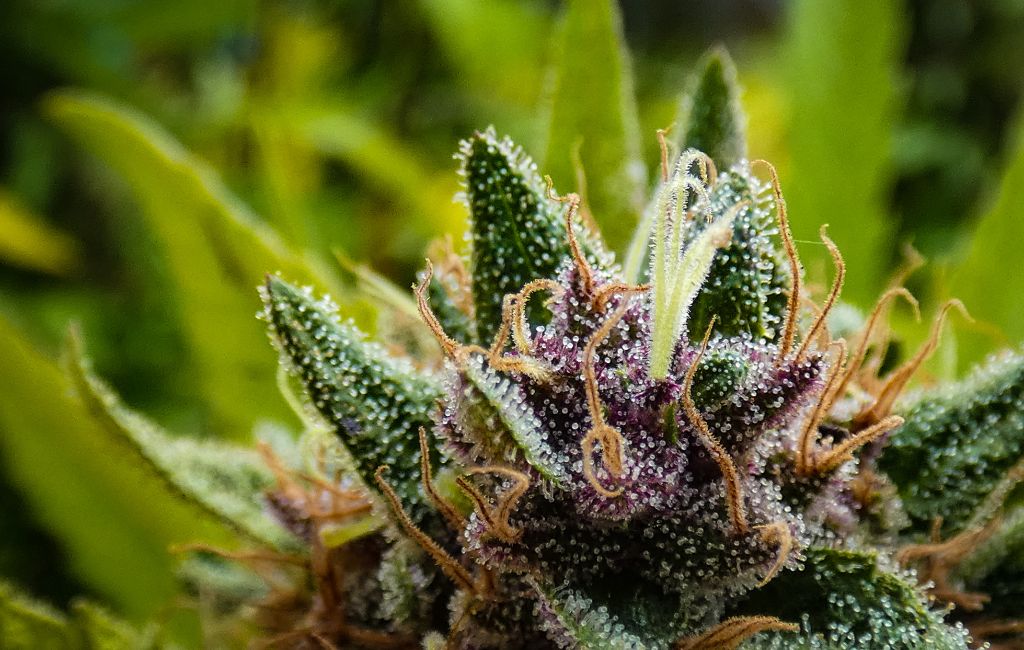THCa Flower Guide for Newbies

THCa Flower Guide for Newbies
Exploring the world of cannabis can be both exciting and overwhelming, especially for those new to the scene. One of the most intriguing aspects of cannabis is the variety of compounds it contains, each offering unique effects and benefits. Among these compounds, THCa (tetrahydrocannabinolic acid) is gaining attention for its potential therapeutic properties. This guide aims to provide newcomers with a comprehensive understanding of THCa flower, its benefits, and how to use it effectively.
Understanding THCa
THCa is a non-psychoactive cannabinoid found in raw and live cannabis plants. Unlike THC (tetrahydrocannabinol), which is known for its psychoactive effects, THCa does not produce a “high.” This makes it an appealing option for those seeking the potential health benefits of cannabis without the mind-altering effects.
How THCa Works
THCa is the precursor to THC. When cannabis is heated through smoking, vaping, or cooking, THCa undergoes a process called decarboxylation, converting it into THC. In its raw form, THCa interacts with the body’s endocannabinoid system, potentially offering anti-inflammatory, neuroprotective, and anti-emetic properties.
Benefits of THCa
Research into THCa is still in its early stages, but preliminary studies and anecdotal evidence suggest several potential benefits:
- Anti-inflammatory Properties: THCa may help reduce inflammation, making it a potential option for those with conditions like arthritis.
- Neuroprotective Effects: Some studies indicate that THCa might protect brain cells, which could be beneficial for neurodegenerative diseases.
- Anti-emetic Benefits: THCa may help alleviate nausea and vomiting, particularly in patients undergoing chemotherapy.
- Appetite Stimulation: Like THC, THCa might stimulate appetite, which can be helpful for individuals with eating disorders or undergoing treatments that reduce appetite.
Choosing the Right THCa Flower
When selecting THCa flower, consider factors such as strain, potency, and cultivation methods. Here are some tips to guide your choice:
Strain Selection
Cannabis strains are typically categorized into three types: Indica, Sativa, and Hybrid. Each strain offers different effects:
- Indica: Known for its relaxing effects, Indica strains are often used for stress relief and sleep aid.
- Sativa: These strains are associated with uplifting and energizing effects, making them suitable for daytime use.
- Hybrid: A combination of Indica and Sativa, hybrids offer a balance of effects and can be tailored to specific needs.
Potency and Quality
Check the THCa content on the product label to understand its potency. Higher THCa levels may offer more pronounced effects. Additionally, look for products that have been lab-tested for quality and purity to ensure a safe experience.
Cultivation Methods
Consider whether the flower is grown organically or using synthetic fertilizers and pesticides. Organic cultivation methods are often preferred for their environmental benefits and potential health advantages.
Methods of Consumption
There are several ways to consume THCa flower, each offering different experiences and benefits:
Raw Consumption
Consuming raw cannabis allows you to benefit from THCa without converting it to THC. This can be done by adding raw cannabis to smoothies or salads.
Juicing
Juicing raw cannabis is another way to consume THCa. This method preserves the cannabinoid’s properties and can be combined with other fruits and vegetables for a nutritious drink.
Topicals
THCa-infused topicals can be applied directly to the skin, providing localized relief without psychoactive effects. This method is popular for addressing pain and inflammation.
Legal Considerations
The legality of THCa varies by region. In some areas, THCa is legal for medical use, while in others, it may be restricted. Always check local laws and regulations before purchasing or consuming THCa products.
Case Studies and Statistics
Several studies have explored the potential benefits of THCa. For instance, a study published in the British Journal of Pharmacology found that THCa exhibited anti-inflammatory properties in animal models. Another study in the Journal of Neuroimmune Pharmacology suggested that THCa might have neuroprotective effects.
While more research is needed to fully understand THCa’s potential, these findings highlight its promise as a therapeutic compound.
Conclusion
THCa flower offers a unique opportunity for those interested in the therapeutic benefits of cannabis without the psychoactive effects. By understanding its properties, benefits, and methods of consumption, newcomers can make informed decisions about incorporating THCa into their wellness routine. As research continues to unfold, THCa may become an increasingly popular choice for those seeking natural health solutions.
- No categories